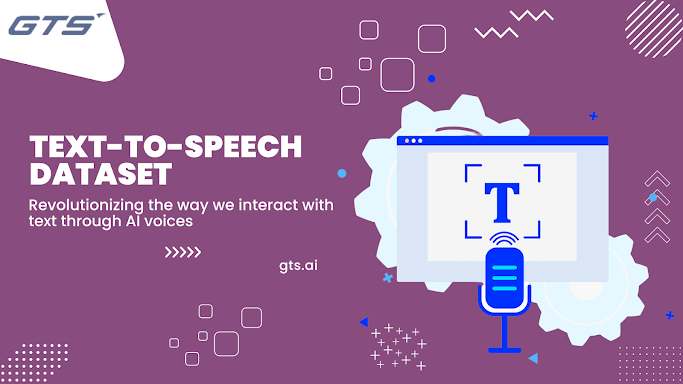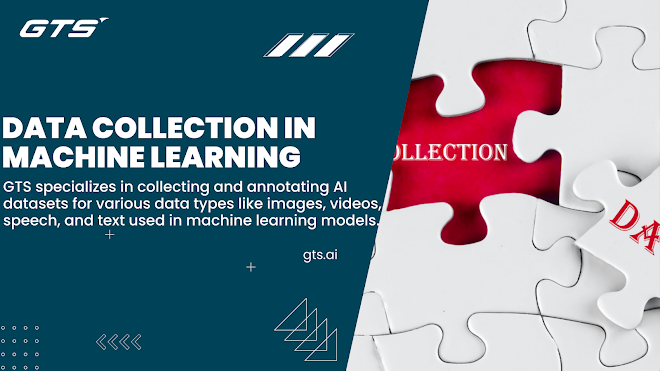Leveraging OCR for Efficient Data Collection in Artificial Intelligence
Leveraging OCR for Efficient Data Collection in Artificial Intelligence

Introduction:
In today's data-driven world, extracting meaningful insights from large amounts of information is vital for businesses to thrive. Optical Character Recognition (OCR) technology has emerged as a powerful tool in the field of Artificial Intelligence (AI) to automate data collection processes. In this blog post, we explore the intricacies of OCR data collection, its applications, benefits, and best practices.
Understanding OCR Data Collection:
OCR is a technology that enables the transformation of various types of documents, such as scanned paper documents, PDF files, or images captured by a digital camera, into editable and searchable data. By using pattern recognition algorithms, OCR systems can identify and interpret text within these documents with a high level of accuracy.
Applications of OCR in AI:
- Document Digitization: OCR plays an important role in digitizing physical documents, making them accessible and searchable in digital formats. This facilitates efficient data retrieval and management processes.
- Data extraction: In sectors such as finance, healthcare, and legal industries, OCR automates the extraction of relevant information from invoices, receipts, medical records, contracts, and other documents. It streamlines tasks like data entry and invoice processing, improving operational efficiency.
- Text Analytics: By converting unstructured text data into structured formats, OCR enables advanced text analytics and natural language processing (NLP) applications. Businesses can gain valuable insights from large amounts of text data, allowing informed decisions to be made.
Benefits of OCR data collection:
- Time and cost savings: Manual data entry tasks are time-consuming and prone to errors. OCR automation reduces the need for human intervention, thereby saving time and labor costs associated with data processing.
- Improved accuracy: OCR technology is constantly evolving, increasing its accuracy in recognizing different fonts, languages, and document layouts. This ensures reliable data extraction and minimizes errors.
- Enhanced Compliance: In regulated industries like healthcare and finance, OCR helps ensure compliance with data privacy regulations by securely managing sensitive information and maintaining audit trails.
- Scalability: OCR solutions are scalable and capable of handling large amounts of documents efficiently. Whether processing a few documents or millions, businesses can scale OCR systems to meet their growing needs.
Best practices for OCR data collection:
- Quality document preparation: Make sure documents are scanned or captured with high resolution and proper lighting to improve OCR accuracy. Remove any spots, creases, or shadows that may interfere with text recognition.
- Choose the right OCR software: Choose OCR software that suits your specific needs in terms of language support, document types, and accuracy. Consider factors like machine learning capabilities and integration with existing systems.
- Pre-processing techniques: Employ pre-processing techniques such as noise reduction, image binarization, and dequeuing to enhance OCR performance, especially with complex documents or poor-quality scans.
- Regular training and evaluation: Continually train and evaluate your OCR model to adapt to new document layouts, fonts, and languages. Fine-tuning the OCR algorithm improves accuracy and ensures optimal performance over time.

Case Study: Increasing Efficiency with OCR Data Collection at Globose Technology Solutions:
At Globose Technology Solutions, we understand the importance of leveraging cutting-edge technologies like OCR to drive innovation and efficiency for our customers. Recently, we partnered with a leading healthcare provider to streamline their medical records management process.
By implementing an OCR-powered solution, we automated the extraction of patient data from handwritten medical forms and digitized them into electronic health records. This significantly reduced manual effort, enabling healthcare professionals to focus more on patient care while ensuring data accuracy and compliance with regulatory standards.
Conclusion:
In conclusion, OCR technology has revolutionized data collection processes, providing many benefits to various industries. By harnessing the power of OCR with AI, businesses can unlock valuable insights from unstructured data, increase operational efficiency, and gain a competitive edge in today's digital landscape. At Globose Technology Solutions, we are committed to leading innovative solutions that empower businesses to thrive in the age of AI.



Comments
Post a Comment